In Australia and the UK, a learner-legal (LAMS or A2) Triumph Street Triple S is not just restricted to 660cc in capacity (below the 675cc capacity of the former Street Triple S), but also the power is limited to 35 kW/48 hp.
The same thing just happened with the release of the Triumph Trident 660. Again, Australia and the UK get a learner-legal restricted Triumph Trident. Australia’s even worse off this time as we don’t even get a full-power Triumph Trident. Boo!
A question many people have when they buy their Street Triple S is “can I de-restrict my Street Triple to full power?” You might want to de-restrict once you finish your restrictions period, or maybe you’re a hooligan. Don’t do anything illegal!
You might also want to consider one of the other Street Triple models – see our complete buyer’s guide to the Street Triple, all model years.
I don’t know if this process will work with the Triumph Trident, but I suspect it will.
Note: In Australia, if you modify the performance to exceed learner restrictions, you have to get your motorcycle re-inspected and registered as a full-power motorcycle if you plan to drive it on the street.
This guide was put together from careful notes from a number of forums, including TriumphRat, Netrider, and others I found through searching.
Are you obsessed with motorcycles?
Well, I am. That’s why I created this site — as an outlet. I love learning and sharing what others might find useful. If you like what you read here, and you’re a fraction as obsessed as I am, you might like to know when I’ve published more. (Check the latest for an idea of what you’ll see.)
How the Triumph Street Triple 660’s restriction works
The Triumph Street Triple 660 is restricted in a few ways:
- With a different crankshaft to the 675, reducing stroke and thus capacity,
- With a different camshaft controlling inlet ports, and
- By keeping the throttle closed at higher RPM electronically.
Number 3. is what we’ll address in this guide.
Since the Street Triple 660 uses fly-by-wire, this means that the ECU takes the signal from the throttle position sensor and transforms it into how much it wants to open the throttle (and correspondingly give fuel/air mixture to the engine.
When holding the throttle wide open, above ~5500 rpm the ECU dramatically starts closing the butterfly valves. Less air = less fuel/air mixture = less power.
You can see the impact on the electronic throttle valve (the ETV) below.
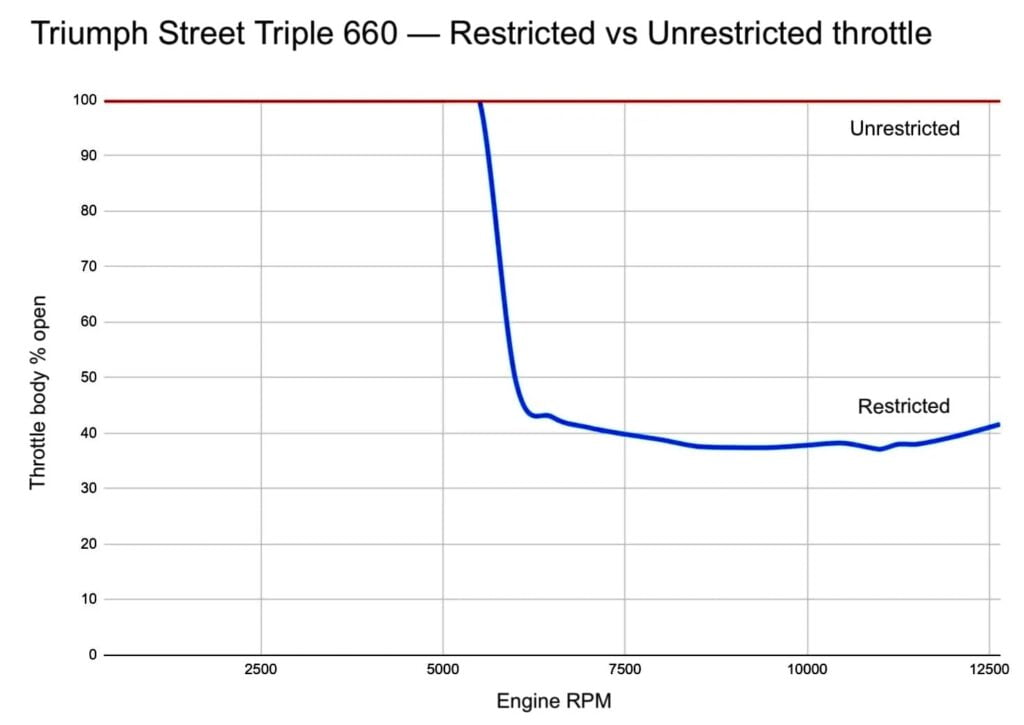
As you can see, the butterfly valves are restricted to ~40% of maximum opening, despite the throttle being held wide open.
It’s important to realise that this mechanical restriction of the valves comes via the ECU. So you don’t have to change anything mechanical to de-restrict the Triumph Speed Triple 660 — you just have to reprogram the way the ECU sends signals to the butterfly valves.
How to remove the ECU restriction
The way you remove the restriction is by using a throttle map from an unrestricted Triumph Street Triple S 660. You then upload this to your motorcycle.
You need
- An OBD-link cable to reprogram your computer
- TuneECU
- An Android phone (unfortunately TuneECU doesn’t work with iPhones)
Steps:
- Download the appropriate map for your motorcycle. A guy named Alain Fontaine has helpfully uploaded them all here. For 2017 – 2019, you need to apply your edits to map file 30111. For 2020 bikes, your base map to edit is 31035.
- Download a map from an unrestricted UK Street Triple 660, e.g. 30119 or 31037. (You can’t just upload this map — see below.)
- Copy the ETV1 table from the unrestricted map, and then paste it into your ETV1 table. Using TuneECU to copy-paste tables can be frustrating. This is the hardest part of the process. Detailed steps:
- Open TuneECU,
- Swipe over to the left,
- Open the map file (for the unrestricted UK bike),
- Swipe down until you reach ETV1,
- Select the menu option “Table”, and
- Press “copy”. Then,
- Open up your base map (for your bike),
- Navigate to ETV1 and
- Press “table”, and then
- Press “paste”.
- Save the modified map file to your phone once you are done. Be sure to only paste into your ETV1 table.
- Connect a trickle charger to your motorcycle. This is important — if your battery runs low, the upload will fail, and you won’t be able to start your motorcycle.
- Turn your ignition switch to “on”.
- Flash your ECU with the new map.
You’re ready to rock!
Results — How much power increase can you get from the Triumph Street Triple S 660?
Bear in mind, firstly, that the Triumph Street Triple S 660 doesn’t have a 675cc engine, nor a 765cc engine. So it’ll never be as powerful as the higher-spec motorcycles like the Street Triple R or Street Triple RS.
Secondly, the Street Triple S 660 restricted version also has a different camshaft for the inlet valves. So without changing that, you can never unlock full power from an ECU-based derestriction.
However, it will get a lot more powerful. Knowing that max power is 70 kW or 94 hp (with the correct mapping and the camshaft), I’d say you could get to about 80-90% of that figure, so at least around 60 kW/80 hp.
FAQ/Questions
People have a lot of questions about de-restricting a Triumph Street Triple S 660. Here are a few answers.
- Can I ‘brick’ my ECU? It is possible the write to your ECU will fail and leave your bike unable to start (this is what people often call bricking). This generally happens in one of two ways:
- If your battery voltage has dipped too low during the flash (hence the requirement for a battery charger while flashing).
- If your Android device fails. That’s why we suggest keeping a spare Android device on hand, just in case.
However, in both of those situations, your ECU is totally recoverable. It’s quite hard to totally fry your ECU, though you might do it if you plug it into the mains electricity, or throw it against the wall, or something.
- Can this be undone? Yes, reflash the unaltered stock map to the bike.
- Why can’t I just flash my bike with the UK unrestricted map? They are region-locked, you cannot flash this map directly. You have to edit the ETV tables in the map you have. Otherwise I dunno, your bike will speak with a Liverpudlian accent and nobody will understand how to ride it.
- What if I flash the wrong map, like from a Speed Twin? You can’t, TuneECU won’t let you write an incompatible map to your bike.
- Is an ECU flash detectable? Not easily as it’s not possible to inspect the map — you can write maps, but not read them. The only way to detect a change is by running the bike on a dyno.
- I flashed my bike and now it’s not idling very well when I first start it, what do I do? You’ll need to do an adaptions reset. It’s basically a process that tells the ECU to reset a few parameters that it has learned over time. Your bike needs to be cold. Do the following steps in order, without touching the throttle at all during the whole sequence.
- Start your bike and leave it idling until you hear the cooling fan kick in.
- After the fan turns on, start a 12 minute timer.
- Once the 12 minutes are up (go 30 seconds over just to be sure) turn your bike completely off. Adaptations have now been reset.

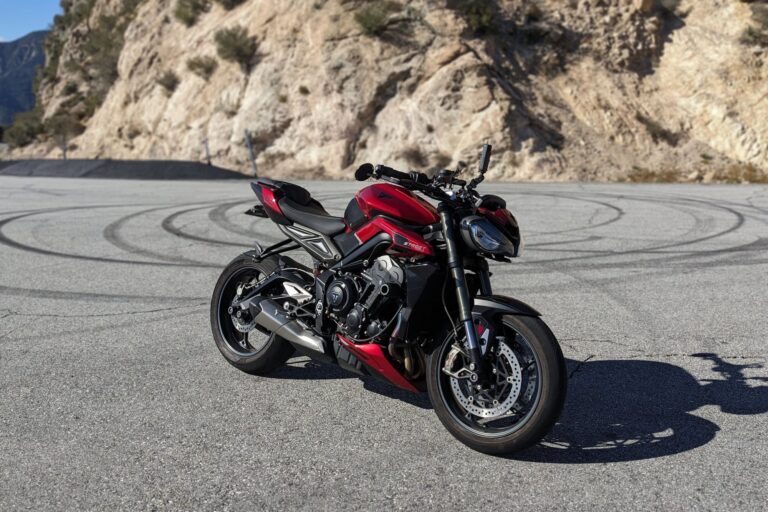
![Triumph 1200 Modern Classics Complete Guide [2023 Model Year] 3 Triumph 1200 Modern Classics Complete Guide [2023 Model Year]](https://motofomo.com/wp-content/uploads/2022/12/Triumph-1200-series-cover-image-768x480.jpeg)
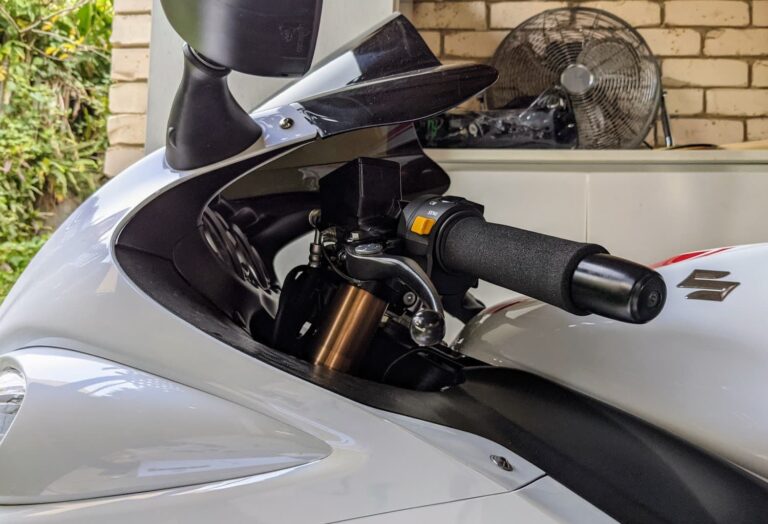
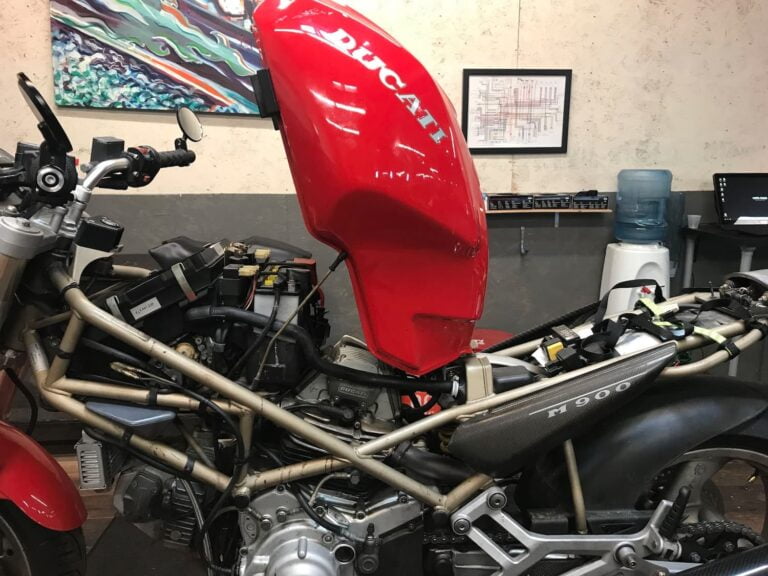
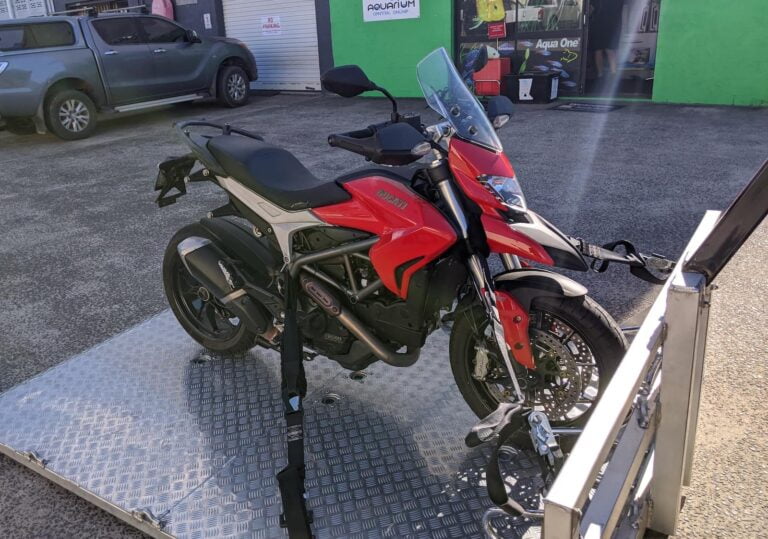
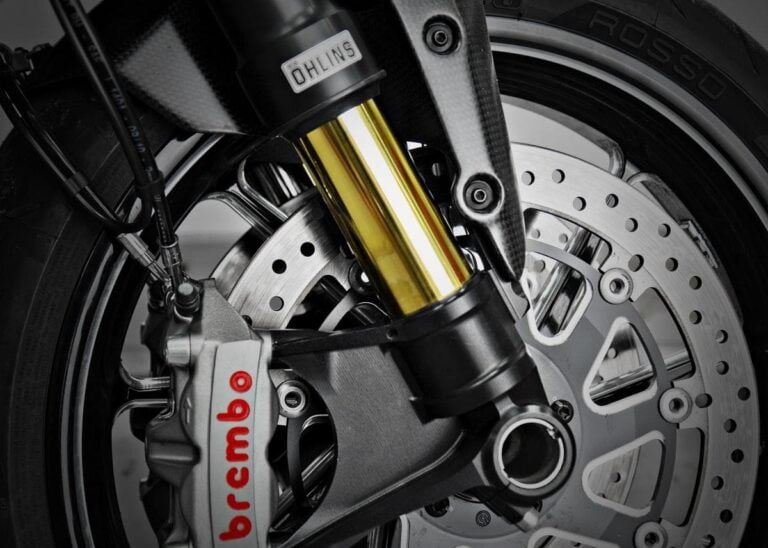
I have an Australian 2015 Street Triple 660 (LAMS.) VIN. 733405, which i presume is map number 20787. can i use one of these maps or are they only for 2017 onwards?
If so which one do i use 30119 or 31037.
Will replacing the throttle and sensor for the unrestricted version of the bike do the same thing?
Going in reverse? I think so, but I don’t know of anyone who has done it, so am not sure.